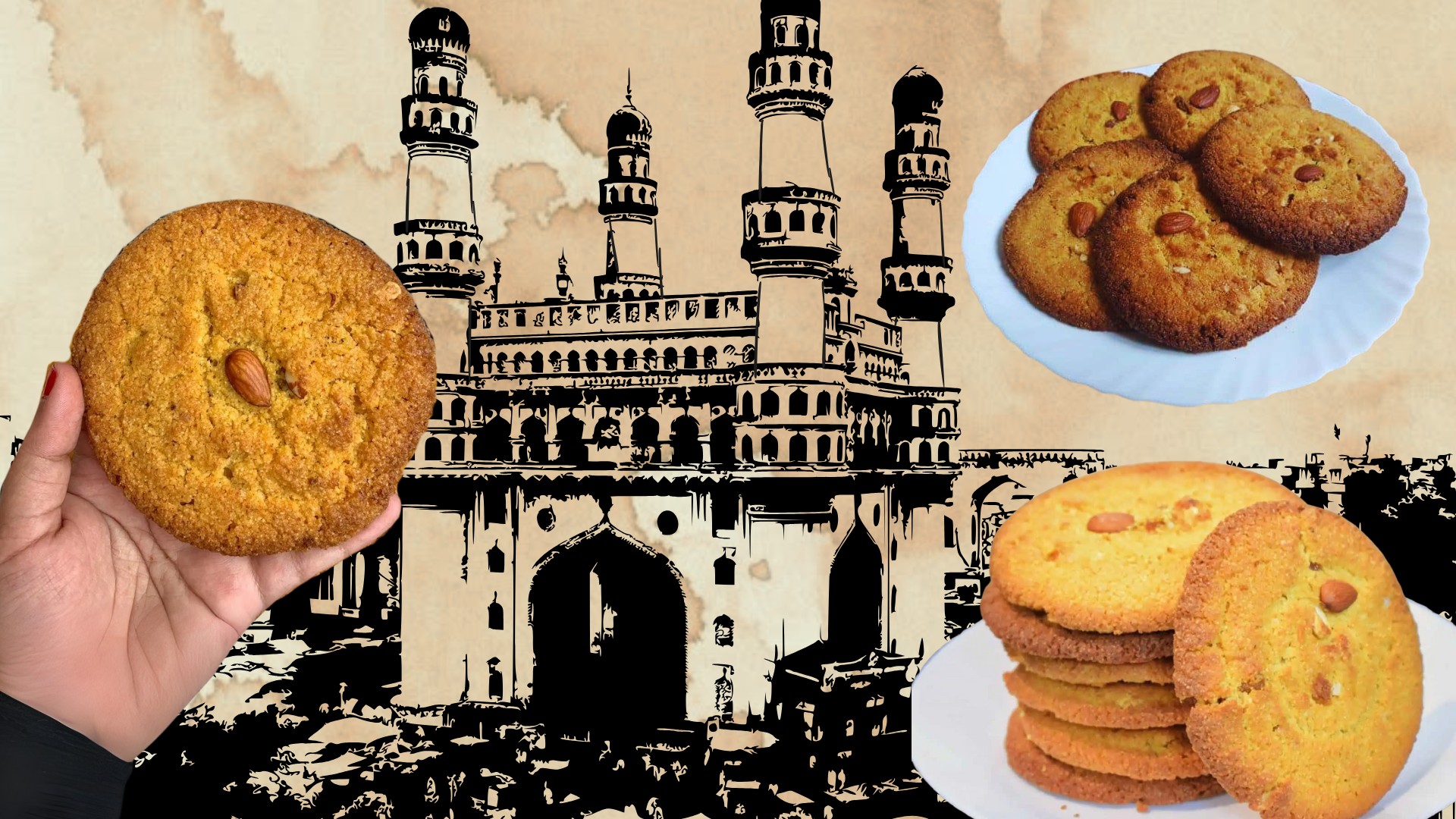
Hyderabad: There’s no religious compulsion behind it, nor any theological endorsement. Yet the allure of Dum kay Roat during Muharram remains irresistible. Much like haleem, which finds prominence in Ramzan despite having no connection to fasting, roat too enjoys iconic status in the month of mourning. Hyderabadis wouldn’t have it any other way.
Come Muharram, long before the actual Youm-e-Ashoora arrives, queues begin to form outside famous eateries like Subhan Bakery in Nampally, Pista House in Shalibanda, and Karachi Bakery in Mozamjahi Market and other confectioners in the city. People eagerly await the season’s first batch of this thick, sweet, richly baked delicacy. What is more, they are willing to wait in serpentine lines to get their hands on it.
Aroma and texture
There is something uniquely comforting about the Dum kay Roat – its aroma, its texture, and above all, its nostalgia. Every Hyderabadi household has its own memory of Roat – some associate it with childhood, others with religious vows, and many simply with indulgence. But its appeal goes well beyond any one religion or community. Hindus, Christians, and Muslims alike make it a point to relish the flavour of the season.
So, why this seasonal surge in popularity, especially in the absence of any ritualistic connection?
“It’s just a tradition that’s grown stronger over time,” says Syed Irfan, proprietor of Subhan Bakery. “Roat is made available mostly during Muharram. People know it’s a limited-time offering, and that adds to its appeal,” he says. But of late Subhan Bakery is serving this delicacy round the year in view of its unending demand.
Soji, honey and ghee
The ingredients are simple but potent. A rich mix of wheat flour, semolina (sooji), vegetable oil, sugar, honey, clarified butter (ghee), milk products, cardamom, and a pinch of salt – all baked slowly to bring out the layered flavours. The preparation takes hours, sometimes an entire night, hence the name “Dum kay Roat” – baked on slow heat or dum to lock in moisture and taste.
Interestingly, while the dish itself is secular in nature, there is a legend attached to its Muharram linkage. It is said that the seventh Nizam of Hyderabad, Mir Osman Ali Khan, once offered Roat at the Nala-e-Mubarak Alam near the Charminar, praying for the safety and long life of his grandson, Mukarram Jah Bahadur. The gesture was symbolic – a personal vow offered at a place of reverence. Since then, people have followed suit, bringing their own Roat offerings to the Alam, breaking them there, and distributing pieces among family and friends. The belief: making a vow and breaking Roat brings protection and blessings for loved ones, especially children.
This quiet, almost folkloric tradition has now taken on a life of its own. While for some preparing Roat at home is a cherished family tradition, many depend on the bakeries – which now produce thousands of pieces each day. The scale of production can be staggering during the peak Muharram days.
All other items take a back seat during this month. “The Roat is the star. Even biscuits and cakes don’t sell as much,” says Irfan.
Significance of Muharram
Muharram, the first month of Islamic calendar, holds profound significance for Muslims world over. It is time for reflection, mourning and remembrance. The crescendo arrives on Youm-e-Ashoora, the 10th day, which marks the martyrdom of Imam Hussain, the grandson of Prophet Muhammad. On this day, the city witnesses the famous Bibi-ka-Alam procession, where a silver Alam is carried on a richly decorated elephant from Bibi-ka-Alawa in Dabeerpura to Chaderghat. The procession is a major cultural event, drawing mourners and observers in thousands. And somewhere between the sound of chest-beating, matam, and the solemn chants of “Ya Hussain”, vendors can be seen selling Roat by the roadside and offering sherbet – adding a sweet note to a somber day.
Many believe that traditions like the Roat — while not religiously mandated — serve as cultural touchstones. They bring communities together in ways that sermons or rituals alone cannot. Shared taste, shared nostalgia, and shared spaces like bakeries or Ashurkhanas – these define the Muharram experience in Hyderabad.
“It’s a culinary tradition rooted in emotion,” remarks an old Hyderabadi. For many, eating Roat during Muharram is a form of participation – not in mourning, but in the community but in the event.”
In a city known for its syncretic culture and layered history, the story of Dum kay Roat during Muharram is a perfect example of how faith, food, and folklore can blend into something enduring. It’s not about theology, it’s about memory – and in Hyderabad, memories often come sprinkled with sugar, baked in ghee, and best enjoyed with the family.



